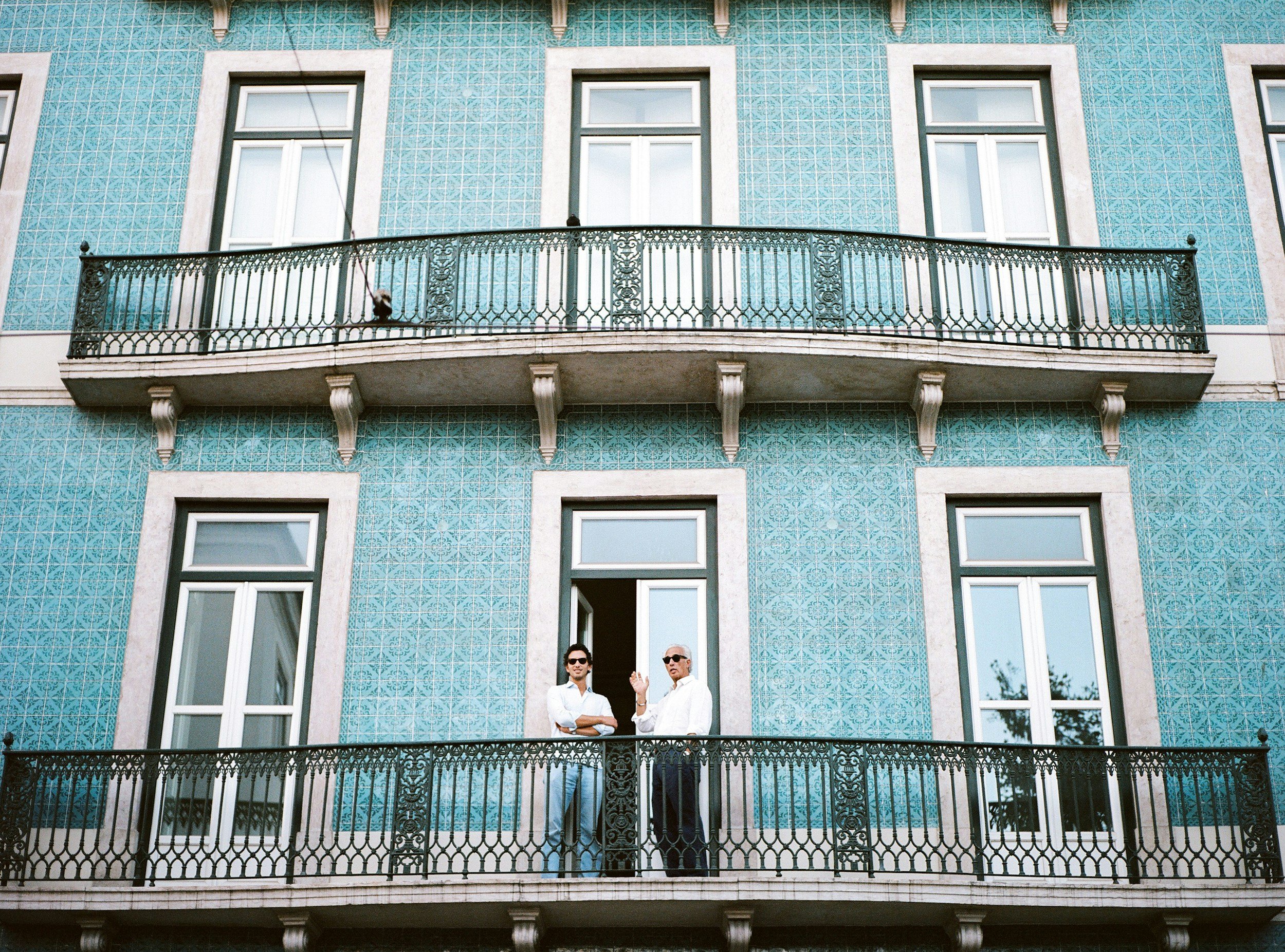What You Need to Know for a Loft Conversion for a Top Floor Flat or Maisonette
Being in a top-floor flat or maisonette frequently implies that you approach roof space overhead. This loft conversion will give you additional living space at home and will increase its resale value as well. Nevertheless, there are some peculiar requirements and challenges that they entail when it comes to loft conversions. At Deluxe Lofts, we have helped many homeowners innovate their properties with successful loft conversions by navigating the complexities for them.
Key Takeaways
For top floor flats and maisonettes, a loft conversion can be the perfect way to increase living space as well as property value.
Before you start a conversion, it is crucial that you have an understanding of legal requirements like party wall agreements and issues with leaseholds.
Guidance from the experts and professional services facilitates a successful conversion process.
Legal and Planning Considerations
Party Wall Agreements
If you own a place with shared walls, the law demands that this should be covered by a party wall agreement. This is an agreement you make with your neighbours, defining what needs to be done and how any effect on their property will be managed. The Party Wall Act 1996 states that if you plan to do any work with the party wall in your or about corners of a strict nature shared property, then their neighbours should be told. When the plans and timelines are discussed in a timely fashion with your neighbours, it smoothes all these points of consideration, thus eliminating issues.
Leasehold Properties
It is crucial if you have a leasehold property to secure consent from the freeholder. Where the loft space is owned by the freeholder, you will need to buy a share of their title for each property over which your works extend - before setting foot on site. If your flat is in a mansion block or converted house where you own the freehold with other flats, you will need informal rights to cover the use of loft space. Speaking to a solicitor will allow him to explain these rights and cross all legal aspects, so it will just be the time you are committing.
Design and Structural Challenges
Roof Types and Conversion Styles
Your building roof type will also play a big role in your choice of loft conversion. Here are a few common types:
Dormer Loft Conversion: Dormer loft conversion requires the extension to include extra headroom and floor space, usually while adding dormer windows.
Hip to Gable Conversion: This is the perfect style if you have a hip roof, this type extends outwards the sloping side of your loft creating one or more vertical gables.
Mansard Conversion: This is a more substantial conversion that runs across the width of your roof, making an extra storey within it supported by a flat roof.
For instance, we finished a mansard loft conversion for Anna in South East London and managed to extend her second-floor maisonette into an airy house with another bedroom right next to the shower room.
Structural Integrity
Making sure that the framework still supports the new type conversion is very important. Careful examination of structural foundations, roof structure, and topographical walls. At Deluxe Lofts, our expert structural engineers conduct a comprehensive survey of your property at your home to be certain that any loft conversions you plan will meet building regulations and are structurally safe.
Enhancing Your Living Space
Creating a Roof Terrace
A roof terrace offers a great outdoor area, ideal for those warm summer evenings relaxing or entertaining. Although this addition often requires a permit, the pros can make it worthwhile. In a project in Maida Vale, for example, we designed and built an exclusive roof terrace (which commanded stunning views) that added real value to the property. Before you start to work on creating a roof terrace, be mindful of the views it may impact with neighbours, particularly any problems which could stem from overlooking.
Maximising Light and Space
One key to adding sky-lit headroom is with well-placed skylights and roof windows for your new loft space. These features not only make the area lighter but also a constant feeling of free space.
Conclusion
A loft conversion for a third-floor flat or maisonette can provide an excellent way of enlarging your living area and adding value to the property. Working through various legal, structural, and design challenges to gather the textiles can be a real struggle, but it can also become so innovative that the process becomes completely transformational. Whether you require that assistance or not, we have the profit and experience at Deluxe Lofts to support all stages of this journey, resulting in a seamless conversion that is flush with success.
On the off chance that you live in a top-floor flat or maisonette and are thinking about an attic conversion then please contact Deluxe Lofts today. This group of experts will transform your loft into something beautiful and functional.
Convert your top floor flat or maisonette with a bespoke loft conversion from Deluxe Lofts. To find out more and schedule a consultation visit Deluxe Lofts.


